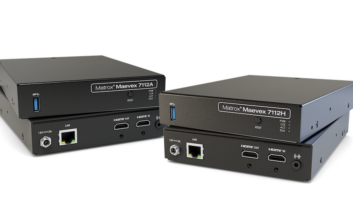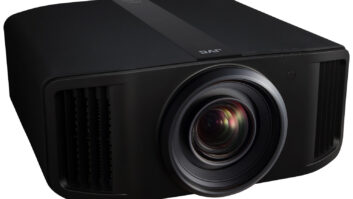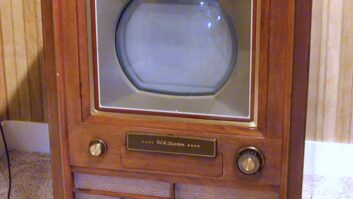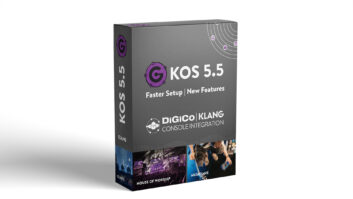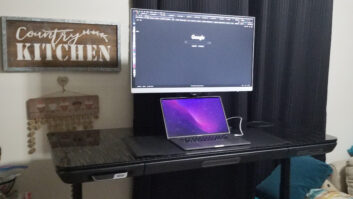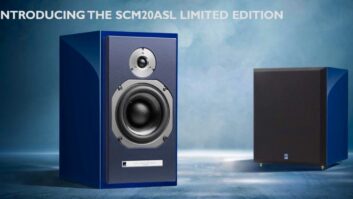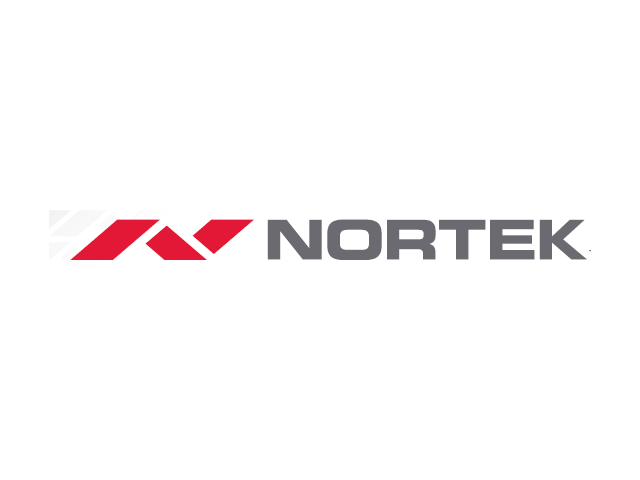
Providence, R.I. — Nortek’s audio, video and control solutions (AVC) segment improved its operating results in the fourth quarter, and Nortek expects the segment’s operating performance “to continue to stabilize in 2015,” the company said in releasing fourth-quarter financial results.
AVC’s fourth-quarter improvement “reflected the strides we are making in the restructuring and repositioning of those businesses,” the company said without revealing the group’s fourth-quarter sales or operating results.
For the full year, however, AVC sales fell, and the group’s operating losses grew.
AVC’s 2014 sales grew 9.5 percent to $162.6 million following a 2013 drop of 9.2 percent to $179.7 million. The company previously reported that nine-month AVC sales were off 9.9 percent to $120.5 million.
AVC’s full-year operating losses grew to $19.2 million from a 2013 operating loss of $12.9 million and a 2012 operating loss of $2.1 million.
The AVC segment mainly consists of residential audio/video equipment (including architectural speakers and power conditioners) and home-control equipment, but it also includes professional video signal-management solutions. Brands include Elan, Niles, SpeakerCraft, Panamax, Proficient, and Xantech, TV One and Gefen.
Consolidated Nortek sales for the full year were up 11.3 percent to $2.55 billion following 2012’s 3.9 percent gain, but net losses grew to $45.6 million from 2013’s net loss of $8.3 million. In 2012, Nortek posted net income of $9.5 million following net losses of $55.9 million and $13.4 million in 2011, and 2010, respectively.
Nortek’s other businesses include residential and commercial HVAC, security, and ergonomic and productivity solutions, such as display mounts.
Like before, Nortek attributed AVC’s falling sales to declining demand “driven, in part, by technology changes that affect certain product categories that the businesses compete in.” The changes “caused demand to shift from certain of our legacy products to newer technologies.”
Another factor was “sales discounts offered on certain legacy products and inefficiencies experienced in the combination of certain businesses as well as the shifting of logistics to a third-party provider.”




